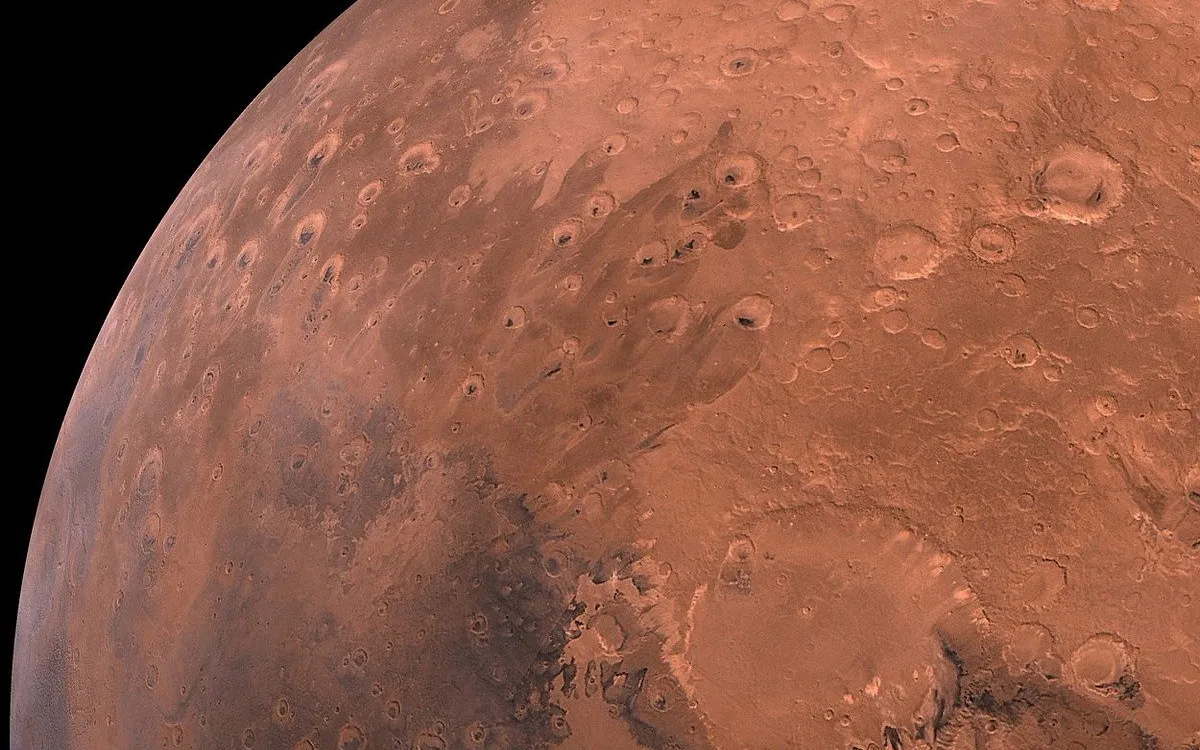
In a stunning revelation, scientists from the CNRS (French National Centre for Scientific Research), alongside their esteemed colleagues from France, the United States, Mexico, and Spain, have identified the longest organic molecules ever detected on Mars. These remarkable long carbon chains, which comprise up to 12 consecutive carbon atoms, exhibit characteristics akin to the fatty acids that are produced by biological processes on Earth.
The discovery of these organic molecules is particularly significant given Mars' harsh environmental conditions. The planet's cold and arid climate, coupled with a lack of geological activity, has remarkably preserved this invaluable organic matter within a clay-rich sample for approximately 3.7 billion years. This time frame aligns with the period when life began to emerge on Earth, raising intriguing questions about the potential for past life on Mars.
These groundbreaking findings are slated for publication on March 24, 2025, in the Proceedings of the National Academy of Sciences. The discovery was made possible through the utilization of SAM (Sample Analysis at Mars), one of the advanced instruments aboard NASA's Curiosity rover. Since its deployment in 2012, the Curiosity rover has been diligently studying the Gale crater, providing invaluable insights into the Martian landscape.
The identification of such complex organic molecules not only enriches our understanding of Mars but also paves the way for future interplanetary science missions aimed at uncovering signs of complex, life-like chemistry. This discovery aligns with the ambitious objectives of the upcoming ExoMars mission, scheduled for launch in 2028, as well as the joint NASA-ESA Mars Sample Return mission planned for the 2030s.
Looking ahead, the same international scientific teams are set to develop an instrument similar to SAM for the Dragonfly mission. This innovative drone is expected to explore the surface of Titan, Saturn's largest moon, starting in 2034, further expanding our quest to understand organic chemistry in extraterrestrial environments.
As research continues, the implications of these findings could reshape our understanding of life's potential beyond Earth, highlighting the ongoing importance of space exploration and the search for extraterrestrial life.